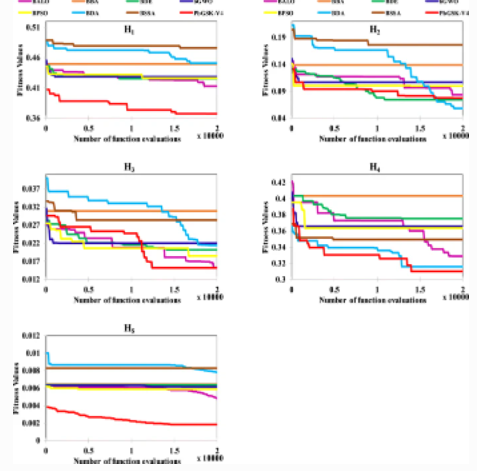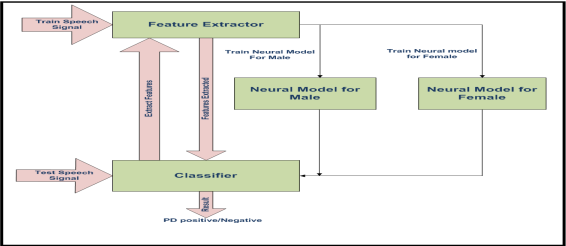

MIMO VANETs: Research challenges and opportunities
In this paper, we provide a review of the benefits of employing multiple-input multiple-output (MIMO) processing techniques in vehicular ad hoc networks VANETs. These benefits include increasing the range of communication via beamforming, improving the reliability of communication via spatial diversity, increasing the throughput of the network via spatial multiplexing, and managing multiuser interference due to the presence of multiple transmitting terminals. We also present a number of key research challenges facing MIMO VANETs. The first one is deriving statistical MIMO-V2V channel models that take into account the spatial correlation between the transmit and receive antennas and validating them via extensive channel measurement campaigns. Deriving channel estimation and tracking algorithms for MIMO inter-vehicular channels is another challenging problem due to their non-stationary behavior and high Doppler spread. Further research is also needed to fully reap the benefits of multiple antennas in VANETs via space-time and space-frequency processing. In addition, cross layer optimization spanning the medium access control (MAC) and networking layers besides the physical layer is essential to satisfy the emerging applications of VANETS ranging from safety, convenience to infotainment. © 2012 IEEE.

